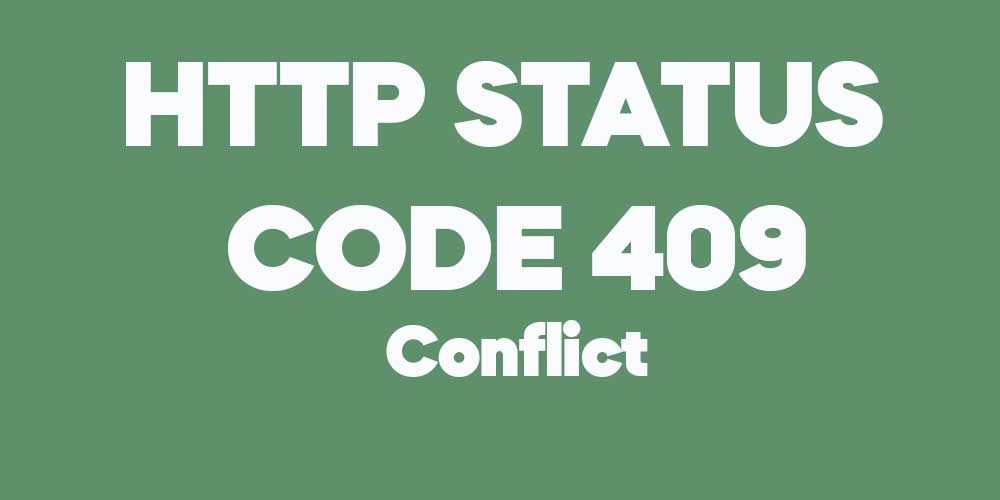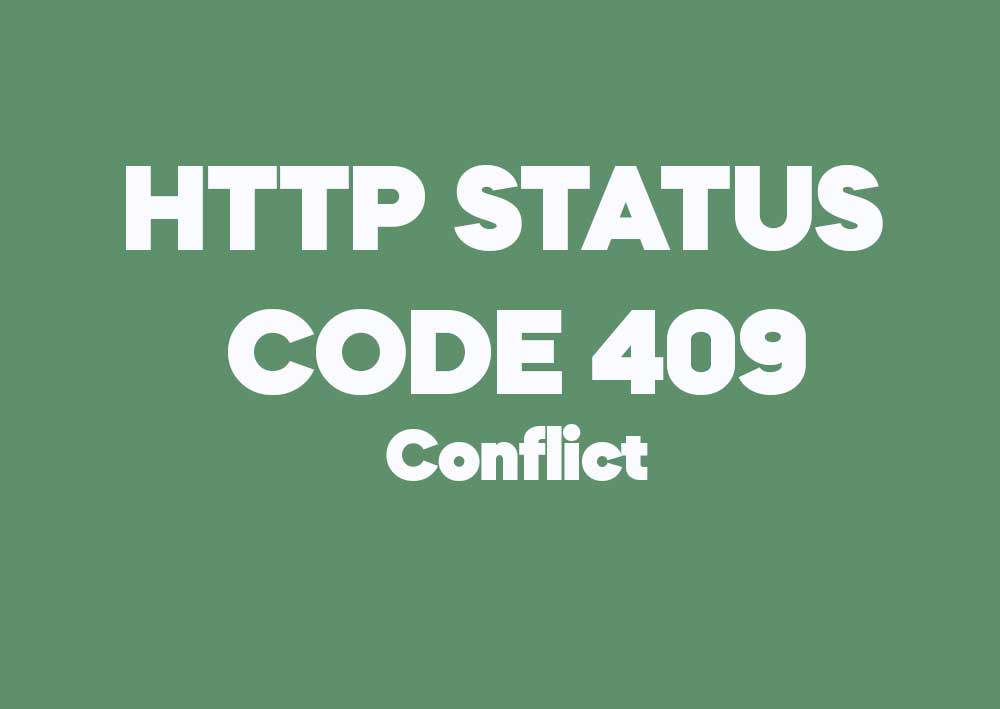What is HTTP Response Status Code 409 Conflict?
HTTP response status code 409 Conflict indicates that the request could not be completed due to a conflict with the current state of the resource. This status code is typically used when a request would result in a violation of data integrity or cause issues due to the existing resource state.
Conflicts usually arise in scenarios such as attempting to create a resource that already exists, modifying data that has changed since the client last retrieved it, or attempting to delete an item that is being referenced elsewhere.
The 409 Conflict status is useful in RESTful APIs and other data-driven applications where concurrent modifications or data validation can lead to conflicts. The server typically provides details about the nature of the conflict, enabling the client to resolve the issue and retry the request.
Using the 409 status code allows the client to take appropriate actions, such as prompting the user to correct data, retrying the operation with adjusted data, or informing users about data versioning conflicts.
This status code plays a crucial role in ensuring data consistency and integrity in applications where concurrent operations might alter the same resources simultaneously.
Example 1: Conflict in Resource Creation
# Client tries to create a user with an existing email address.
POST /users HTTP/1.1
Host: www.example.com
Content-Type: application/json
{
"email": "[email protected]",
"name": "John Doe"
}
# Server Response
HTTP/1.1 409 Conflict
Date: Wed, 09 Oct 2024 14:50:00 GMT
Server: Apache/2.4.41 (Ubuntu)
Content-Type: application/json
{
"error": "A user with this email address already exists.",
"conflict": "email"
}
# The server indicates that the request cannot be completed because the email is already in use.
Example 2: Conflict in Data Update
# Client attempts to update a product with data that conflicts with another update.
PUT /products/12345 HTTP/1.1
Host: www.example.com
Content-Type: application/json
If-Match: "xyz123"
{
"name": "Updated Product Name",
"price": 49.99
}
# Server Response
HTTP/1.1 409 Conflict
Date: Wed, 09 Oct 2024 14:55:00 GMT
Server: Nginx/1.18.0
Content-Type: application/json
{
"error": "The product has been updated by another user. Please refresh and try again.",
"conflict": "version_mismatch"
}
# The server informs the client that their update conflicts with changes made by another user.
# The client needs to refresh the data and resolve the version conflict before retrying.
Summary
The HTTP 409 Conflict status code is used when a request cannot be processed due to a conflict with the current state of the resource. It is often encountered in scenarios involving data creation, updates, or deletions where concurrent modifications can cause issues.
This status code is essential in RESTful APIs for managing data integrity, especially in environments where multiple clients or users interact with the same data simultaneously. By providing detailed information about the conflict, servers help clients understand what went wrong and how to resolve the issue.
Common use cases for 409 Conflict include preventing duplicate entries, managing version control in updates, and handling business logic constraints that prevent an operation from being completed as requested.
Handling 409 Conflict effectively enables developers to create robust applications that can gracefully handle data consistency challenges, ensuring a smooth user experience and accurate data management across various scenarios.


